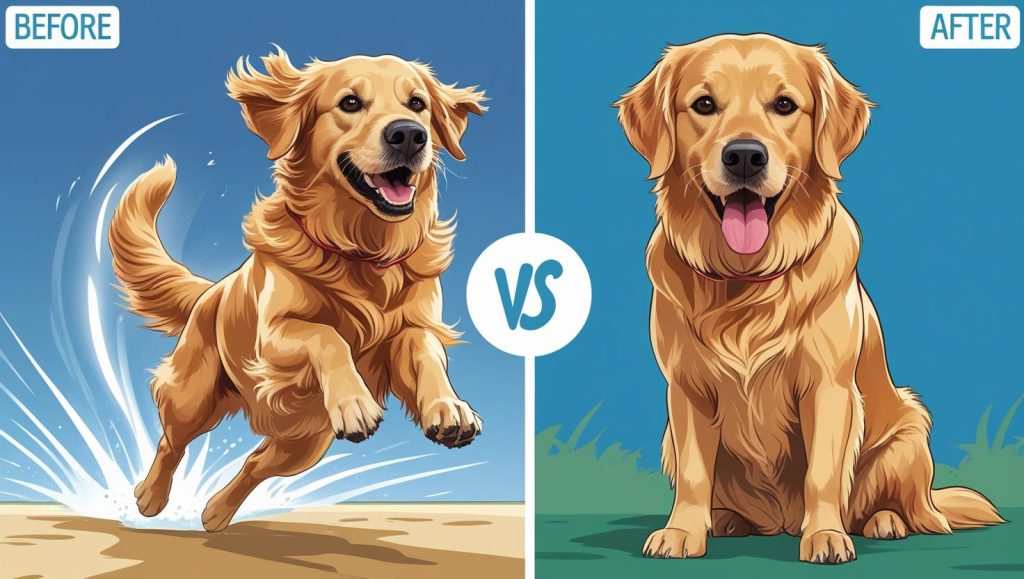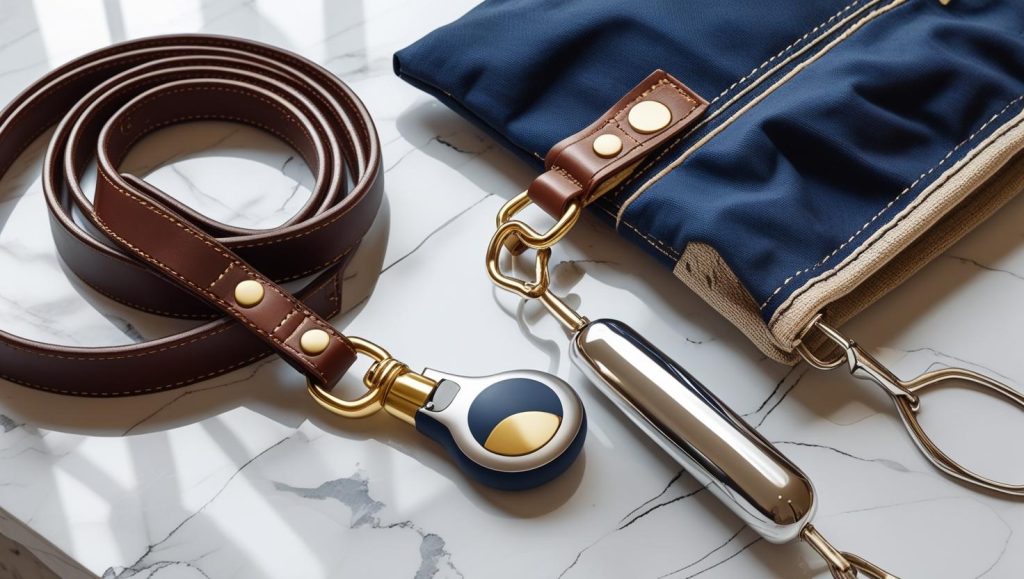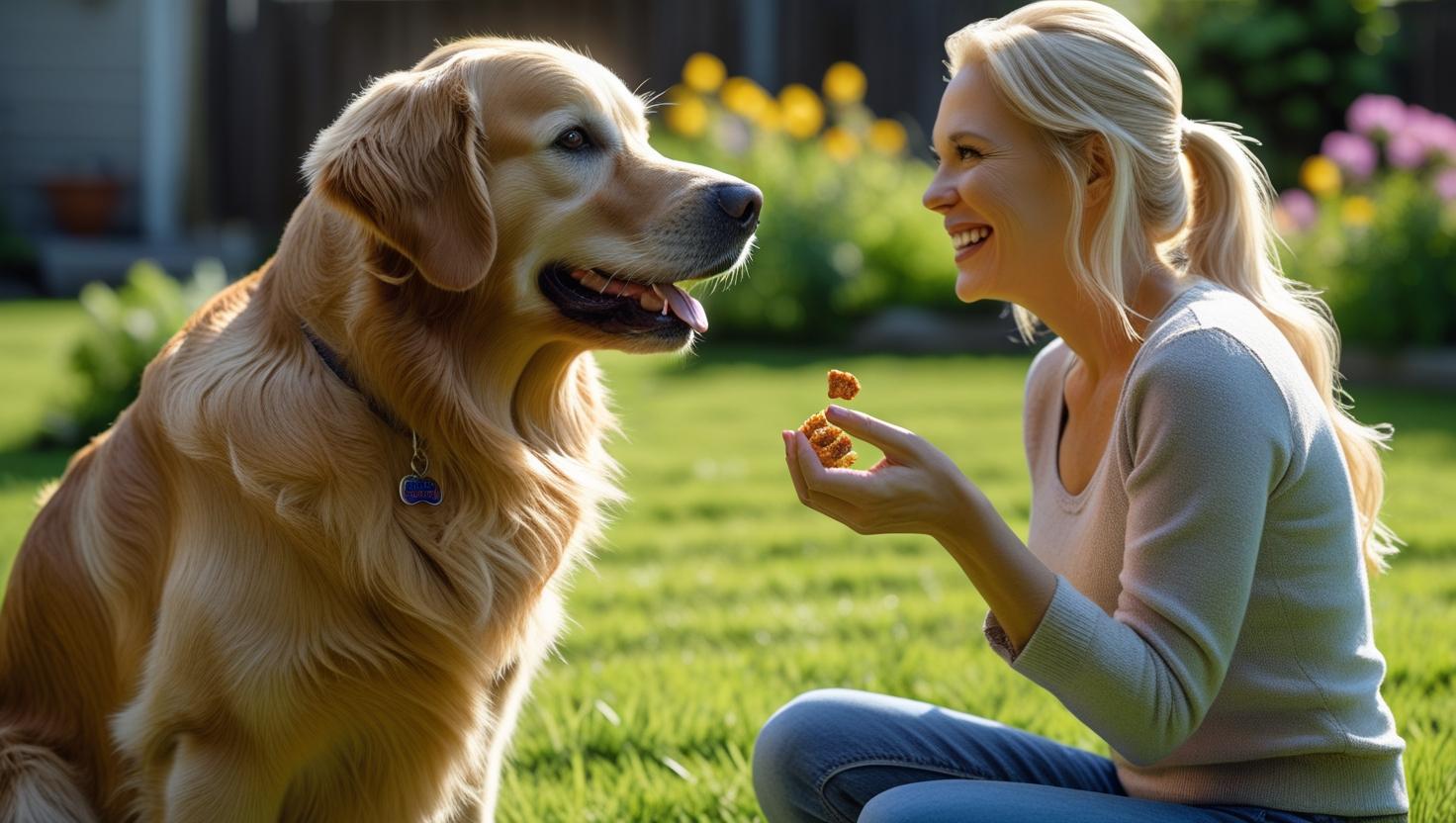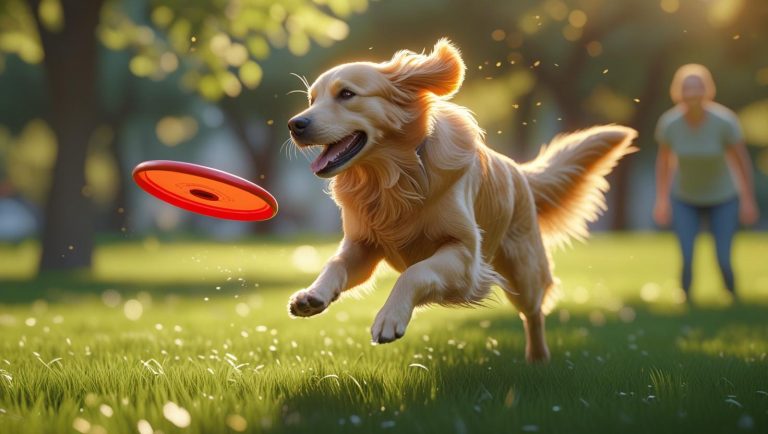Dog Training Made Simple: Your Step-by-Step Guide to a Well-Behaved Pup
Every dog owner dreams of a well-behaved companion who responds to commands, walks politely on a leash, and impresses friends with clever tricks. This comprehensive guide covers everything from puppy training fundamentals to advanced behavioral shaping techniques.
Essential Dog Training Fundamentals
1. The Core Commands Every Dog Should Know

- Sit: Foundation for impulse control
- Stay: Builds patience and focus
- Come: Potentially life-saving recall
- Leave it: Prevents dangerous item consumption
- Heel: For stress-free walks
Pro Tip: Always use high-value treats like freeze-dried liver bites during initial training sessions.
2. Positive Reinforcement Techniques That Work
Modern trainers recommend these evidence-based methods:
| Method | How To Apply | Best For |
|---|---|---|
| Clicker Training | Marker sound + treat timing | Precision behaviors |
| Luring | Treat-guided movements | Initial command teaching |
| Shaping | Rewarding progressive steps | Complex tricks |
Advanced Training Strategies
1. Solving Common Behavior Problems

- Jumping: Teach “four on the floor” protocol
- Barking: Use quiet/ speak commands
- Leash Pulling: Implement stop-and-go method
- Separation Anxiety: Gradual desensitization
2. Impressive Tricks to Show Off
- Spin/ Twirl
- Play dead
- Weave through legs
- High five
- Balance treats on nose
- Find hidden objects
Recommended Tool: Adjustable training platform for perfect positioning during trick training.
3. Age-Specific Training Approaches
| Life Stage | Focus Areas | Session Length |
|---|---|---|
| Puppies (8-16 wks) | Socialization, bite inhibition | 3-5 minute bursts |
| Adolescents (6-18 mo) | Reliability with distractions | 10-15 minutes |
| Adult Dogs | Behavior modification | 15-20 minutes |
Training Equipment Essentials

- 6-foot leather leash for obedience work
- Front-clip harness for pullers
- Treat pouch with quick access
- Long line (15-30ft) for recall practice
Remember: The best tools are useless without consistent practice. Schedule three 10-minute sessions daily rather than one long session.
Conclusion: Building a Lifelong Bond
Training should be a joyful experience for both you and your dog. Celebrate small victories, stay patient during setbacks, and always end sessions on a positive note. With these techniques, you’ll develop mutual understanding that lasts a lifetime.
Need personalized help? Consider our online training consultation services for custom guidance.



